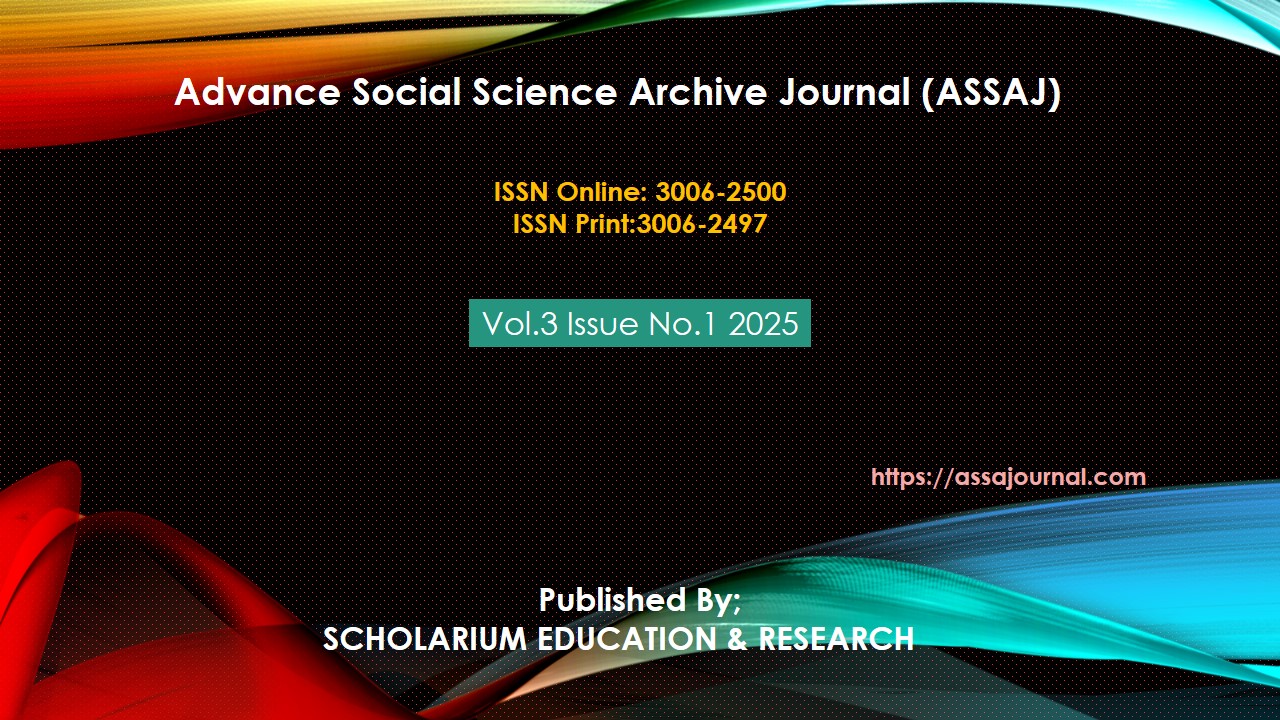JOURNALISTIC DISCOURSE AND NATIONAL IDEOLOGIES: A COMPARATIVE ANALYSIS OF HEADSCARF BAN COVERAGE IN THE TIMES OF INDIA AND DAWN NEWS
Abstract
This study carried out qualitative content analysis for studying as to how Indian and Pakistani newspapers expressed their ideological standpoints regarding the banning of headscarf in the Karnataka educational institutions. Close analysis of Dawn News and The Times of India regarding their mention of ban reflected their different worldviews on the issue. The study analysed the news coverage about the educational institution ban and tried to look into the linguistic and tonal communication patterns used, besides analysing the framing methods through Fairclough's three-dimensional model. It surfaced that the According to research Dawn News employed discriminating terminology and challenged the headscarf ban by terming it as a violation of human rights and religious discrimination against the Muslims of India. Contrarily, the Times of India held somewhat unprejudiced view and focused on how the ban went against the interests the Muslim minority. The Times of India implicitly expressed a prejudiced view by terming the hijab-wearing women as being oppressed or being unaware of their condition. Dawn News gave very objective outlook and subscribed to many other social reactions toward the hijab alongside its cultural values. Research outcomes demonstrated that fundamental beliefs and historical components together with societal customs determined how media showed things which subsequently shaped social beliefs and understanding of various concepts. This research added new information about how media affected public sentiments while focusing on cultural attitudes and religious aspects. Critical examination of media representation along with its effects on public dialogue receives significant importance according to these research findings that guide media studies along with cultural studies and communication research.
Keywords: Journalistic discourse, Dawn News, The Times of India, Ideology, Headscarves Ban.





